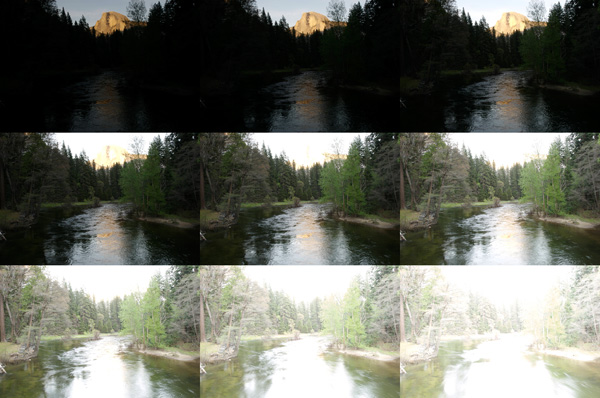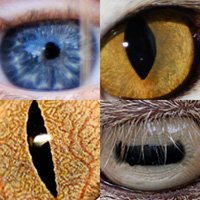Why Does Our Pupil Change Size?
As shown in the picture above, there is an amazing range of brightness in the world and our eyes are able to see well in both moonlight and bright sunlight. The pupil is one part of our vision system that helps make this possible.
The iris (the colored part of our eyes) is a muscle that controls the size of our pupil (the hole in the iris that allows light to enter the eye). The muscles of the iris respond reflexively to the amount of light we are seeing. When we look at a very bright scene, the pupils get smaller (contracts) to allow less light into the eye. This is a good thing since we don't need to allow so much of the light in to see well when the scene is bright. When we look at a very dark scene, the pupil gets larger (dilates) to allow more light into our eye. This is necessary to see well since there is little light in the scene and we have to capture as much of it as possible.
The pupil is just one of the features of our eyes that help us to see well almost all the time. It is part of our adaptation to the visual environment. Interestingly, the size of our pupils decrease as we get older. This probably helps compensate for other changes in our eyes as we age to keep vision as good as possible. Other methods of adaptation are described in different modules. Explore!
![]()
Explore the NEXT TOPIC at this level.
Explore the NEXT LEVEL on this topic.
Ever wonder ... What is adaptation?
Updated: Apr. 19, 2011

